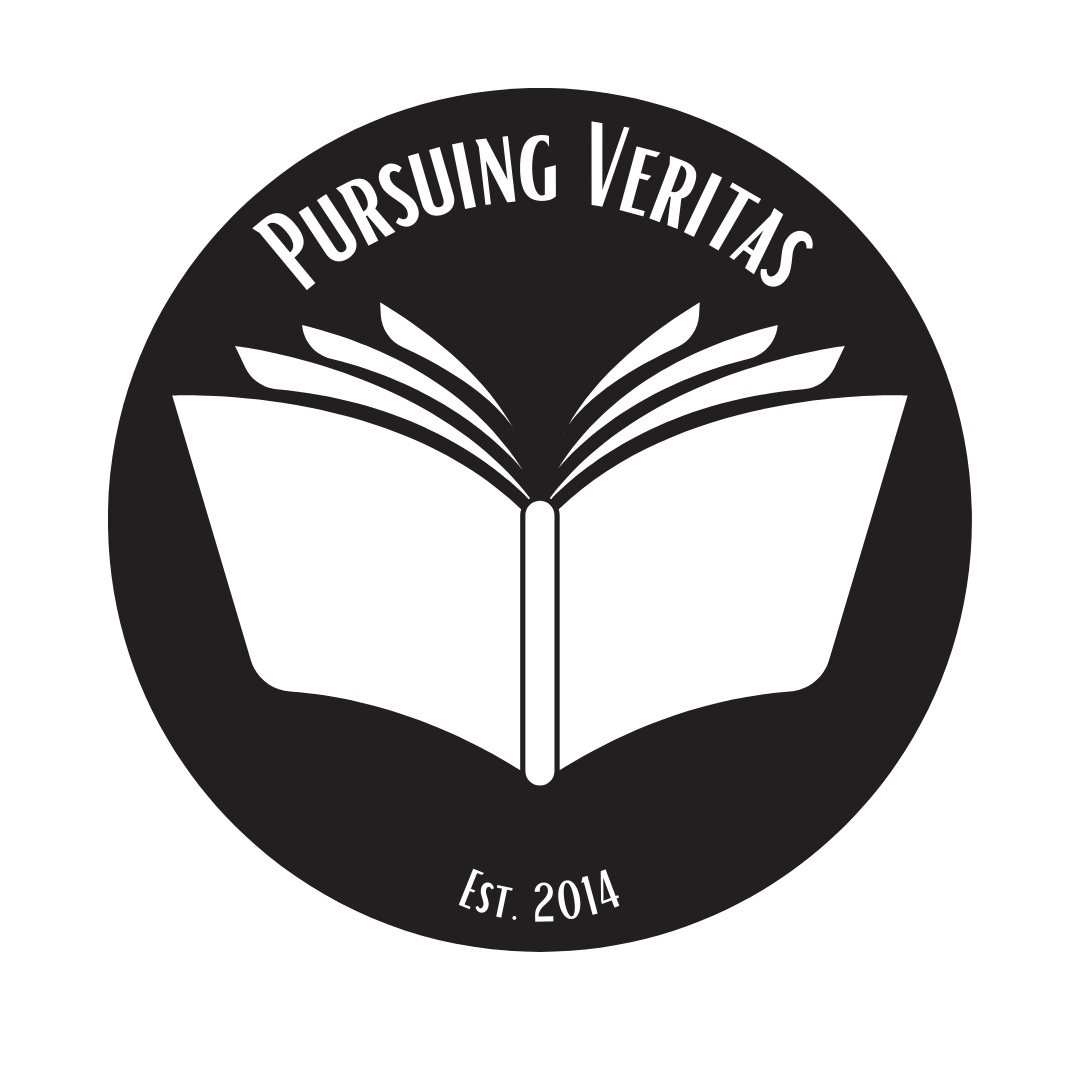
Before any sort of canonization could take place, the Apostolic[1] writings now included in the New Testament had to become viewed with some form of authority. The sources that scholars utilize most in determining the authority granted to the writings of the New Testament are those of the Apostolic Fathers, a designation given to late first and early second century Christian literature that is not included in the New Testament proper. These writings typically include Clement of Rome’s First Letter to the Corinthians, the seven authentic letters of Ignatius of Antioch, the Didache, the Letter of Polycarp, Second Clement, the Martyrdom of Polycarp, the Epistle of Barnabas, the Letter to Diognetus, the writings of Papias, and the Shepherd of Hermas. As for the interpretation of the possible quotations found in the writings of the Apostolic Fathers, there remains some debate. Some argue that prior to the mid-second century there were no authoritative Christian texts aside from the Old Testament writings.[2] Bruce Metzger, taking a somewhat different position, writes that the writings of the Apostolic Fathers reflect a knowledge and familiarity with some of the language, if not the texts of the New Testament writings.[3] For example, while the Epistle of Clement of Rome (ca. 95-6 CE) does not explicitly quote New Testament writings as scripture, that letter does evidence several attitudes of the early Church. First, Old Testament passages are cited as scripture (“scripture says” or “it is written”). Second, the words of Jesus are invoked as highly authoritative, though they are not quoted from a specific writing. Third, Clement clearly is familiar with several of Paul’s writings, as well as the Epistle to the Hebrews.[4] For Metzger, the words of Jesus are seen as authoritative in addition to the Old Testament for the Apostolic Fathers, and while certain New Testament writings are certainly known by the Fathers (at least in part) and inferred or cited in their writings, they are not explicitly referred to as authoritative scripture in the late first century and early second century.[5]

John Barton argues that by the era of the Apostolic Fathers that the gospels and major works of Paul were viewed by the church as scripture and cited as such.[6] Similarly, McDonald suggests that by the second century the words of Jesus, the canonical Gospels, and major letters of Paul were being viewed with scripture-like authority, though perhaps not yet exclusively designated as such.[7] In the works of Second Clement (120-140 CE), the Epistle of Barnabas (90-130 CE), writings of Ignatius (100-107 CE), Second Peter (McDonald’s dating ca. 150 CE), and various other writings of the second century the Gospels and major works of Paul are quoted from, alluded too, and cited in a manner that McDonald feels is authoritative enough to designate them as scripture.[8] Further, Peter Balla posits an early “formal canon” in the second or third centuries, suggesting that the core of the New Testament was regarded as scripture in the late first and early second centuries.[9] With the importance of Jesus and the authority given to the words of Jesus that is seen in the writings of the Apostolic Fathers as early as the late first century, it is not surprising that most scholars conclude that the stories and sayings of Jesus in the Gospels and major epistles (Romans, 1-2 Corinthians, Galatians, and 1 John at the very least) are what were first viewed and used as authoritative scripture by the Church.
[1] Note that the use of the term “Apostlic” here references the writers of the New Testament books in an inclusive fashion. The Early Church Fathers professed that the writers of the New Testament were Apostles or were directly influenced by Apostles (see Papias specifically). Most modern scholars would argue that not all of the books were written by the Apostles; many would argue that few if any of the books were written by the actual Apostles of Christ. However, for clarity and brevity’s sake, for the purposes of this series, the writers of the New Testament books will be collectively referred to as the Apostles. [2] Lee Martin McDonald, The Biblical Canon: Its Origins, Transmission, and Authority, Hendrickson Publishers, Peabody, MA, 2007, 248. [3] Bruce M. Metzger, The Canon of the New Testament: It’s Origin, Development, and Significance, Clarendon Press, Oxford, 1992, 39-73. [4] Ibid., 40-43. [5] Ibid., 72-73. [6] John Barton, Holy Writings, Sacred Text: The Canon in Early Christianity, Westminster John Knox Press, Louisville, 1997, 18-19. [7] Lee Martin McDonald, The Biblical Canon: Its Origins, Transmission, and Authority, Hendrickson Publishers, Peabody, MA, 2007, 273. [8] Ibid., 274-284. [9] Peter Balla, “Evidence for an Early Christian Canon (Second and Third Century)”. Edited Lee Martin McDonald, and James A. Sanders, The Canon Debate, Hendrickson Publishers, Peabody, MA, 2002, 372-385.

Leave a comment